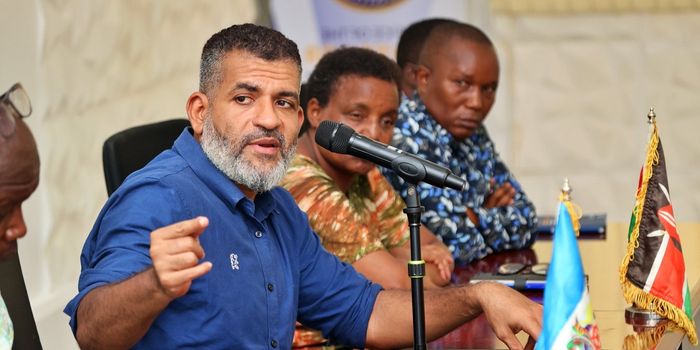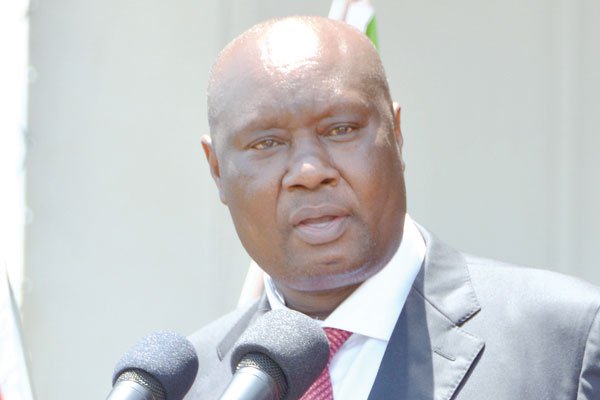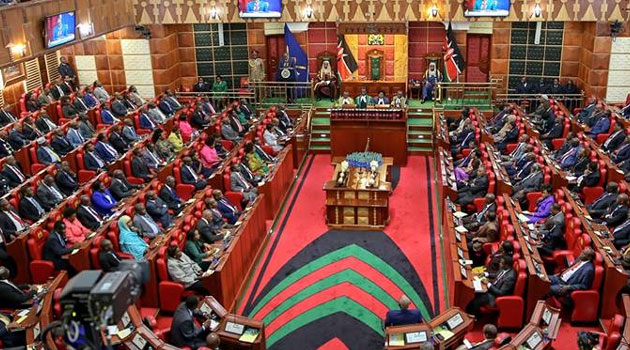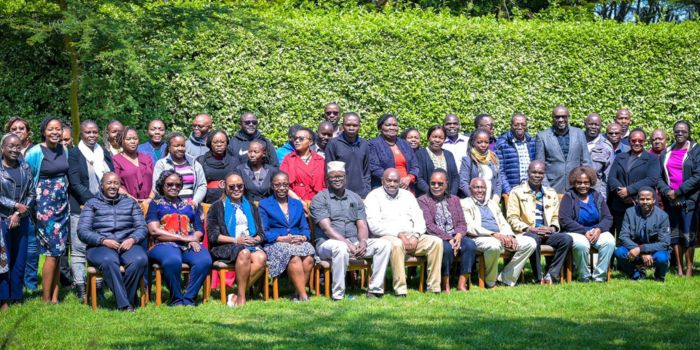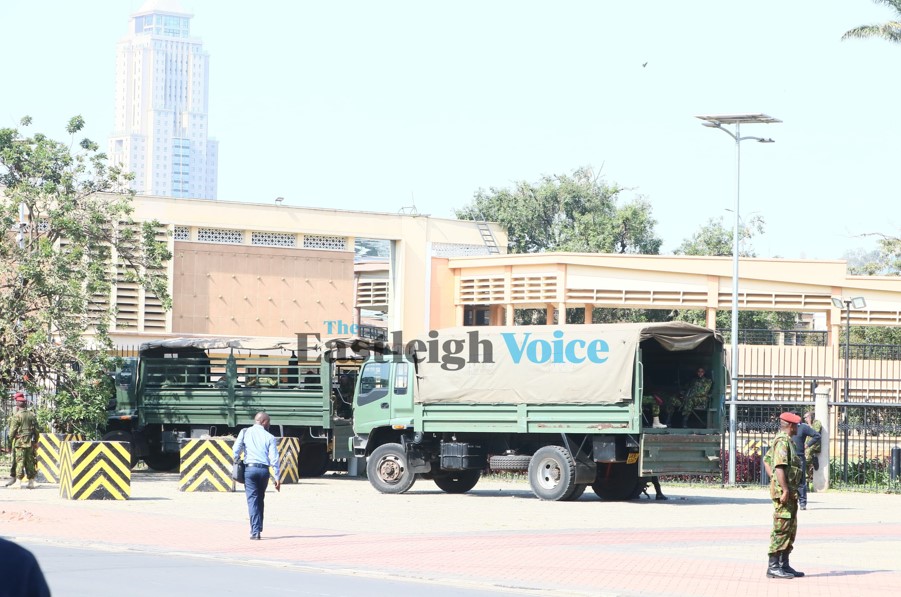Health Ministry announces detection of invasive mosquito species in three counties

By Barack Oduor |
She also said that in the last 12 months, the county reported 3,329 confirmed malaria cases with a relatively low malaria incidence of 5.7 cases per 1000 population.
Health Cabinet Secretary Susan Nakhumicha has revealed that three counties in the northern frontier region have a new invasive mosquito species that transmit malaria.
Nakhumicha, while appearing before a Senate committee, noted that a baseline survey in August 2023 led to further detection in Turkana, Mandera, and Samburu counties.
Keep reading
"The molecular analysis conducted on the recently discovered invasive mosquito has confirmed its existence, but examination of sporozoites to assess malaria transmission by the vector has yielded negative results," Nakhumicha told the Senate Health Committee.
She explained that Anopheles stephensi specimens collected from the specified counties have shown no evidence of being infected with malaria parasites.
The new species; Anopheles stephensi, a primary vector in South Asia and the Arabian Peninsula was in 2012 detected in a seaport in Djibouti.
Djibouti decided to conduct pre-elimination with 2,000 cases of malaria per year before the detection of Anopheles stephensi.
However, malaria cases have since increased over 30-fold with 73,535 confirmed cases in 2020 alone. The CS noted that from 2018 to 2020, the number of suspected malaria cases jumped from 104,000 to 310,000 in Djibouti.
Anopheles stephensi is thought to be transported along major transport routes and is often found in seaports and dry ports. Further intensified entomological surveillance in the country through a baseline survey in August 2023.
Nakhumicha said the invasion of the mosquito vector on the African continent may put an additional 126 million people at risk of malaria each year based on modeling estimates.
In her explanation, a recent modeling study extrapolated data from Djibouti to Ethiopia and concluded that if the vector continued to spread unhindered, Ethiopia would likely experience a 50 per cent increase in the number of annual plasmodium falciparum malaria cases and would cost an additional $72 million every year to implement a plan to curb the vector.
She also said that in the last 12 months, the county reported 3,329 confirmed malaria cases with a relatively low malaria incidence of 5.7 cases per 1000 population. "In January, 434 confirmed malaria cases were reported," she said.
According to her, the Health Ministry has started capacity building of national and county personnel for increased surveillance, and monitoring of trends in malaria to capture any changes in the trend.


